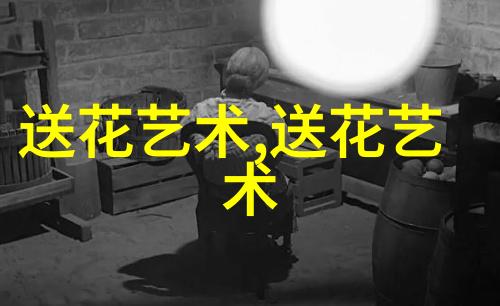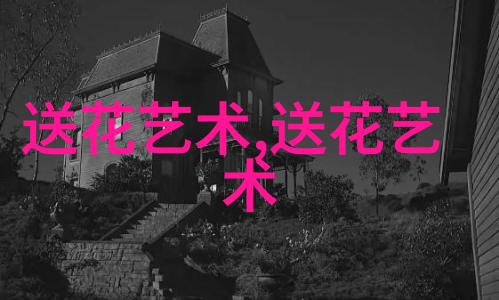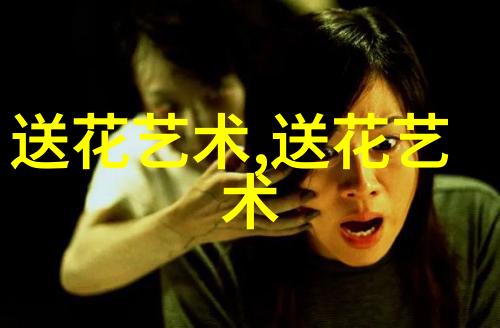插花的意义与文化祝学生学业有成探索花卉之美
传统插花艺术,源远流长,自西周至春秋战国时期便开始萌芽,历经汉代、南北朝、隋唐、宋代、元明、清代等多个历史阶段发展。它在隋唐时期达到鼎盛,并影响了日本花道的形成。随后,它经历宋理念花、元心象花、明文人花和清写景花等多种风格的演变,在清末逐渐衰落,但在20世纪80年代后重新得到复兴。

2007年,被列为北京市级非物质文化遗产;2008年,更被国家级非物质文化遗产认定。这一丰富而独特的艺术形式,不仅体现了中国古典美学的精髓,也是中华民族精神的一部分。
传统插花之所以受人们喜爱,是因为它强调画面的完整性和统一性,以营造出既不是环境附庸,又不独立于环境外的独特意境。在选择植物素材时,我们会优选那些具有自然美,如苍老与屈曲形态,以及耐久且婀娜生姿的草本。这些植物被赋予不同的寓意,如莲花代表着纯洁高贵,而玉兰和海棠则象征着繁荣富贵。

中国传统插花艺术以简约自然之美著称,其四要素——自然美、中线条美、中整体美及意境美—are all embodied in the art form. The artist must first respect the natural beauty of each leaf and branch, then create a sense of harmony through balanced composition. The line or shape of the plant is either straight or curved, creating a unique emotional tone. Finally, the artist aims to achieve an overall balance that seems as if it were created by nature itself.
In essence, traditional Chinese flower arrangement embodies four key elements: natural beauty, lineal beauty, holistic beauty and aesthetic appeal. It respects the inherent qualities of materials and creates harmonious compositions that reflect both human creativity and connection with nature.

The rich history and cultural heritage behind traditional Chinese flower arrangement are evident in its unique aesthetic sensibilities which embody China's philosophical ideals and humanistic values.